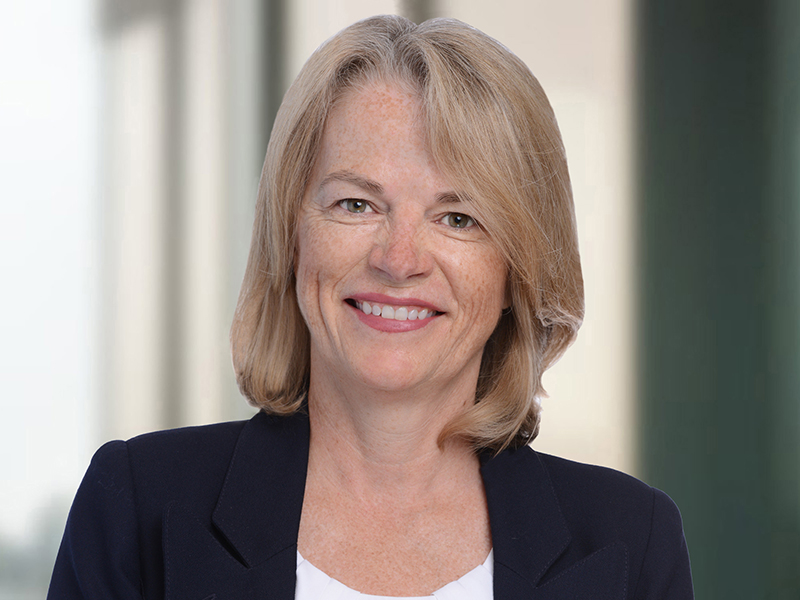

Long before the coronavirus pandemic swept the globe in early 2020, a massive transformation of the workplace was well underway.
Advanced technologies, growing demand for better work-life balance and rising commercial real estate costs forced many organizations to reimagine the traditional way of working and, more broadly, the relationship between employer and employee.
The pandemic put this into overdrive. There’s been a tectonic shift in how employees perceive the value of work and employee well-being has become the epicentre. Industry leaders are now placing collaboration above competition and sharing knowledge and insights around employee health, safety and wellness matters. Governments, too, have become more aggressive with new legislation and regulations that provide for renewed health and safety in the workplace.
Read: Half of Canadian employees prioritizing health, well-being ahead of work: survey
One enduring legacy of the pandemic is a maturing of the dynamic between employer and employee. More than ever, prospective candidates interview employers. They’re more interested in flexible working arrangements, progressive childcare policies, parental leave, attitudes about working from home and mental-health support programs, among others. Employees also want to know about an organization’s contribution to the communities in which it operates and whether its environmental, social and governance practices align with their own values.
These changes in expectations are quickly moving workplace wellness from aspirational target to concrete action. Existing policies and programs will look very different in the future as individuals take more responsibility and assume greater agency over their wellness at work. For companies hoping to hire and retain the best people, a culture of employee wellness will be the default rather than the exception. For those that get it right, it will be a competitive advantage.
Early in the pandemic, the Canada Pension Plan Investment Board recognized the need for additional expertise to fully manage the impact of a global health crisis on both employees and business. A partnership with the Cleveland Clinic Canada provided medical guidance for management and a ready source of health information for employees. With access to advice from public health doctors, epidemiologists and psychologists, the knowledge and insight has strengthened employee support programs and helped anticipate and manage pandemic-related risks.
Read: Report finds employee health, well-being a top concern for Canadian employers
Looking ahead, there are three dimensions of workplace health that merit close attention by business leaders right now.
Building healthy workspaces: Forward-looking companies are already incorporating wellness-enhancing features into their buildings and workspaces. They’re using smart workplace design to encourage healthy behaviours, motivate collaboration and spark creativity. This will become even more important as hybrid work arrangements will require compelling reasons for employees to commute to the office.
Connecting people to purpose: Coming out of the pandemic, organizations have a deeper appreciation of the impact that workplace culture and job stress can have on the physical and mental health of employees. When employees find meaning and purpose in their work, they’re more engaged, motivated and fulfilled, their wellness is enhanced and they can reach their full potential.
Read: Employers continue to highlight mental-health supports, prioritize staff well-being
Facilitating human connection and belonging: Human beings survive and thrive on social interaction. Relationships with colleagues, managers, clients and the community have a profound impact on happiness and fulfilment. The past two years have taken a toll on relationships and employees need to replenish and rebuild what’s been lost. Friendships, trust and belonging at work improves productivity and enhances job satisfaction. Forward-thinking leaders will play an outsized role in strengthening human connections with a strong workplace culture.
The pandemic has deeply affected virtually every aspect of life and will continue to have ripple effects for years to come. Employees are returning to the office after a two-year absence and they’ll have new attitudes about work-life balance and the expectations of their employers.
Mary Sullivan is senior managing director and chief talent officer at the CPPIB.
